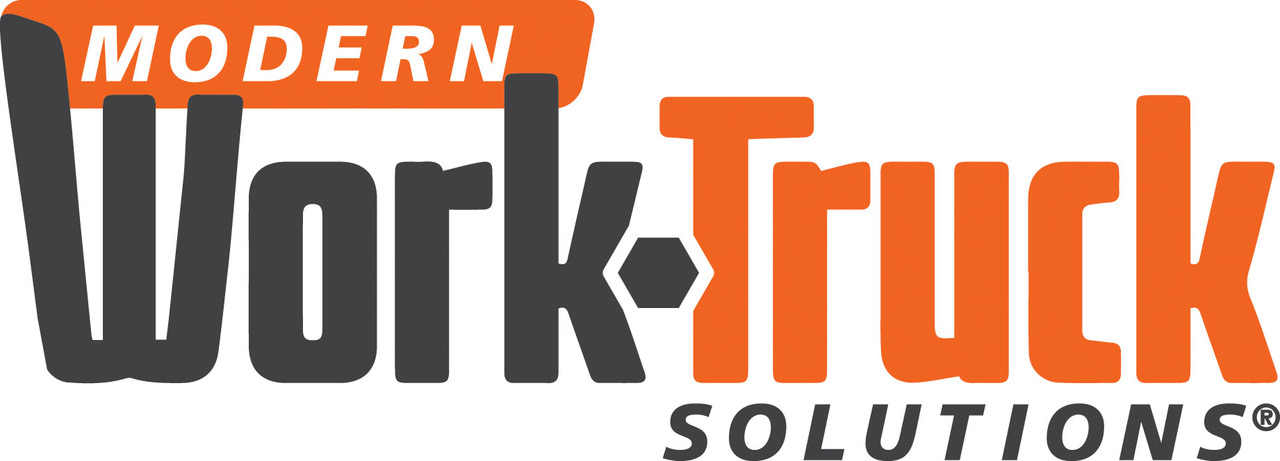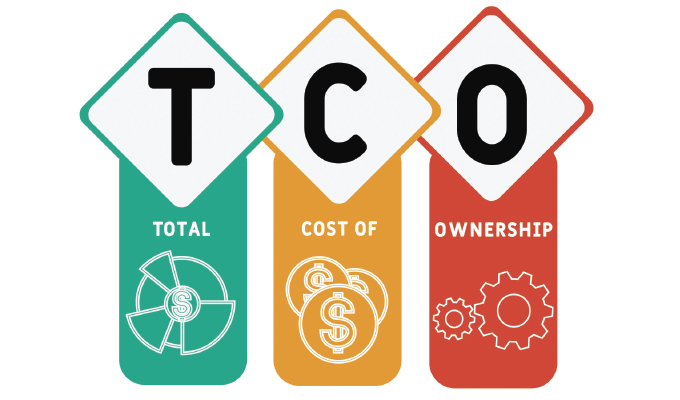For the last several years, fleet operators have been navigating unprecedented challenges – supply constraints, persistent inflation, elevated interest rates, economic uncertainty, etc. Now, as these disruptions begin to stabilize, many organizations are reprioritizing the fundamentals of fleet management, and that typically begins with optimizing the vehicle lifecycle to minimize their total cost of ownership (TCO).
Throughout the vehicle’s lifecycle – buy, drive, service, and sell – there are countless variables that impact operating costs and performance; all of which are interconnected and influence each other. While fleet personnel can closely manage many of these variables, others are simply beyond your control. Focus on the factors that can be controlled and effectively influence the behaviors of key fleet stakeholders to help minimize the impact of variables they cannot manage such as fuel prices, interest rates, and tariffs..
Ready to take control of these variables and maximize the potential of your fleet as a strategic business asset? Here’s a brief overview of how you can better control the controllables and influence key behaviors to create positive outcomes, and ultimately, optimize fleet performance.
BUY AND SELL WITH A LONG-TERM VISION
Establishing the optimal lifecycle for your vehicles is the foundation upon which your overall fleet strategy is built. What vehicles you acquire, how many you acquire, how often you acquire them, how you deploy these units, and when you remove them from service has a profound impact on virtually all aspects of your fleet operations, and your business.
Fortunately, fleet operators have direct control of perhaps the most important variables affecting their fleet – your acquisition and liquidation strategy. It is critical that you align the bookends of your vehicles’ lifecycle, buy and sell, with your overall business strategy.
We recommend tying your cycling strategy to something concrete within your business, taking into consideration any fundamental changes to your business that may be on the horizon. Identify what optimal looks like, both short- and long-term, and take control of your lifecycle strategy to achieve that vision. Most organizations will benefit from adopting a consistent annual replacement methodology that helps you avoid replacing too few, or too many, vehicles during a particular cycle. By replacing a consistent number of vehicles on an annual basis, you’re able to eliminate the peaks and valleys often associated with replacing many units simultaneously.
As you develop your acquisition strategy, you’ll also want to identify the optimal window to remove your vehicles from service to avoid costly repairs late in the unit’s lifecycle, minimize lost productivity, and maximize their resale value and, in turn, lower your TCO. Typically, most fleet operators are best served selling their vehicles while they still have value on the secondary market, recouping some of your investment. This will also influence your capital expenditure forecast which will impact your acquisition strategy.
By assessing factors such as TCO and utilization forecasts, you can ensure your acquisition and liquidation strategy is the building block for long-term success.
EFFECTIVE BEHAVIOR MANAGEMENT
While fleet personnel have significant control of the buy and sell portions of the lifecycle equation, your influence on the remaining areas – drive and service – is much more indirect. Driver behavior is among the most important variables impacting your fleet. Whether it is their performance behind the wheel or the role they play in maintaining your vehicles, your fleet drivers have a profound impact on the condition and performance of your vehicles, influencing everything from fuel consumption, repair costs, and resale value.
To minimize your TCO, you’ll need to positively influence your drivers’ performance and ensure they adhere to your maintenance protocols.
To get started, consider monitoring driver behavior using telematics. This powerful technology essentially puts you inside the vehicle with your drivers and you can begin to identify high-risk behaviors such as speeding, harsh braking, and aggressive driving. By proactively addressing these issues, you can begin to mitigate the negative behaviors that reverberate throughout the vehicle’s lifecycle. You’ll also need to be mindful of the role your drivers play in supporting your maintenance strategy.
When it comes to maximizing the useful life of a fleet vehicle, it’s all about your preventative maintenance (PM) strategy. A comprehensive PM strategy helps you control operating costs, increase reliability, and minimize unforeseen downtime while also ensuring your vehicles remain in top operating condition for as long as possible, and consistency is key. Regularly completing routine PMs – oil changes, tire rotations, brake services – dramatically reduces the occurrence of costly, more significant repairs. Collaborate with your drivers and emphasize the importance of PM compliance. Additionally, look to leverage maintenance data to ensure they adhere to the PM parameters you’ve established. Minimizing PM variability is among the most effective ways to improve reliability and reduce your TCO.
ALIGNING THE ENTIRE LIFECYCLE
With insight to effectively control the controllables and strategies for managing key behaviors to influence positive outcomes, you can now focus on aligning the various phases of the lifecycle. As you embrace a holistic approach to the entire vehicle lifecycle, you’re able to begin managing fleet as a strategic investment that supports the success of your business rather than just a cost center.
With a clear understanding of your fleet operations and how the countless variables influence each other, you’ll be able to focus your efforts on the factors that are most critical to your fleet’s performance. Additionally, if your business has constraints or limitations in a particular area, you’ll have the insight necessary to adjust other aspects of your fleet operations accordingly.
For example, if your fleet must navigate capital constraints that limit your replacement cycles, you can focus your efforts on driver behavior to prioritize PM compliance to ensure vehicles are maintained properly to maximize uptime, control costs, and extend lifecycles. Conversely, if your fleet vehicles are subject to harsh operating conditions and incur significant wear, replacing vehicles at consistent intervals becomes much more critical.
Remember there’s no one-size-fits-all approach to fleet management and there’s certainly no “quick fix.” Your fleet’s performance today is an accumulation of decisions and actions over several years. Ultimately, your ability to influence the immediate is rather limited. Instead, leverage data to identify areas of your fleet that are struggling or underperforming and focus your efforts on the biggest opportunities for long-term improvement.
By taking control of the controllables and effectively influencing the behavior of key fleet stakeholders, you can begin to harness the potential of your fleet as a strategic business asset that helps to power revenue, not drive costs.
about the author
Ed Powell is the director of consulting services at Holman. To learn more about this holistic approach to fleet management, visit www.holman.com.




